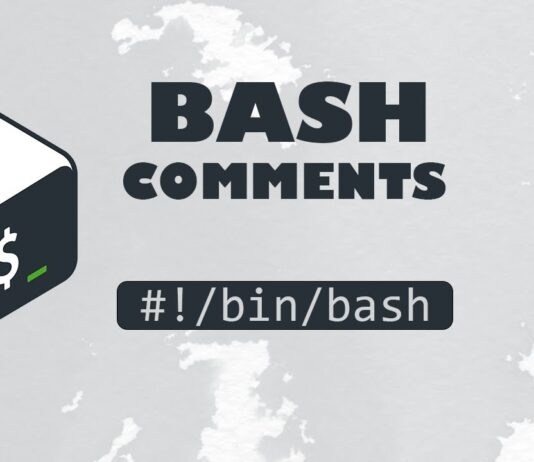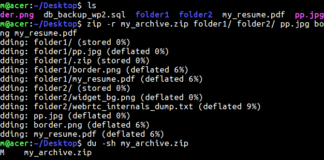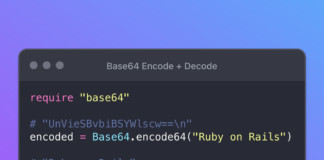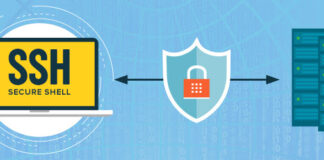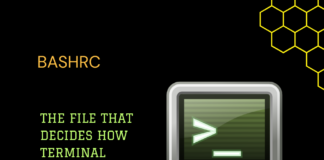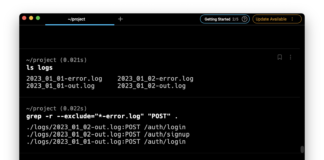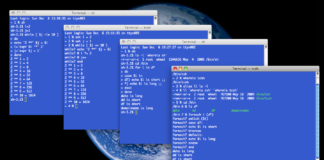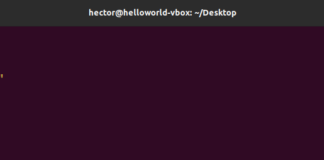How to Compress Files Using the Linux Zip Command
The Linux zip command is an essential tool for file compression and archiving in Unix-based systems. Whether...
How to Decode Base64 Strings
What is Base64 Encoding?
Base64 is a binary-to-text encoding scheme that represents binary data in an ASCII string format. It's designed to carry data stored...
How to Fix the SSH Permission Denied (publickey) Error
Introduction
SSH, or Secure Shell, is an essential protocol that is widely-used in the...
SSH Max Limits and Optimization
SSH (Secure Shell) is a powerful tool for remote administration and secure data transfer. However, it's crucial to understand and configure its limits effectively...
Bash Script Example: Guide for Beginners
Bash scripting is a powerful tool for automating tasks in Unix-based systems, including Linux and macOS. Whether...
How to Change DPI: Adjusting Image Resolution
What is DPI and Why Does It Matter?
DPI, or Dots Per Inch, is a critical measurement in digital and print imaging that determines the...
Distrobox: Manage Your Linux Distros Like a Pro
Introduction
Are you are a Linux user with multiple distributions but hates the hassle...
.bashrc: The Configuration File of Linux Terminal
Today at Unixmen, we are about to explain everything there is about the ".bashrc" file. This file serves as a script that initializes settings...
How to Refine your Search Results Using Grep Exclude
What is Grep Exclude?
Grep exclude is a powerful feature of the grep command...
Understanding Symlink: Beginner’s Guide to Symbolic Links
What is a Symlink?
A symlink, short for symbolic link, is a special type of file that serves as a reference or pointer to another...
Bash For Loop: A Complete Guide for Perfect Scripts
Scripts have been helping people execute a lot of commands and perform complicated tasks like file operations....
Markdown: How to Add A New Line
When working with Markdown, understanding how to create new lines is essential for proper formatting and readability. This guide will explain everything you need...
Bash: Concatenate Strings Easily with Our Simple Guide
As we have iterated countless times in our previous Bash guides, Bash is a very powerful shell...
Linux Shell Scripting part-1: Starting with Linux Shell Scripting
Dear Unixmen Community, We are pleased to announce shell scripting series for our valued readers, who may not have a sound understanding of Shell...
What is ‘sh’
Introduction to 'sh'
In the world of Unix and Unix-like operating systems, 'sh' stands for "shell," specifically referring to the Bourne Shell. But what is...
How to Change a Git Commit Message
What is a Git Commit Message
Once you get deep into programming and software...
shopt in Bash: How to Improve Script Reliability
There are multiple very useful built-ins in Bash other than cd, ls, and echo. For shell scripting and terminal command execution, there is one...
Bash Shebang: Using Script Interpreters
The shebang, also known as 'hashbang' or pound-bang, is a crucial element in Unix-like operating systems, including...


